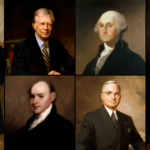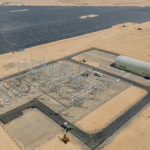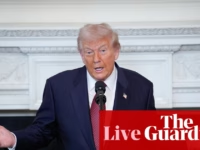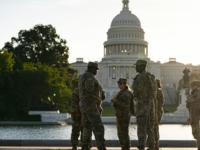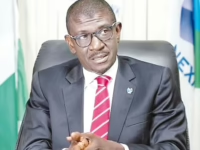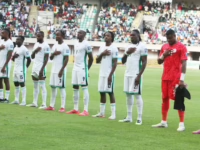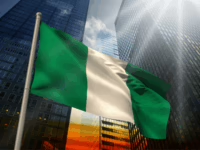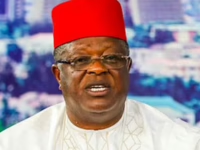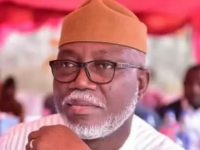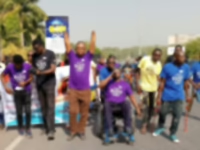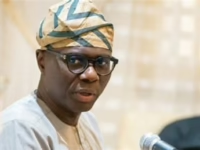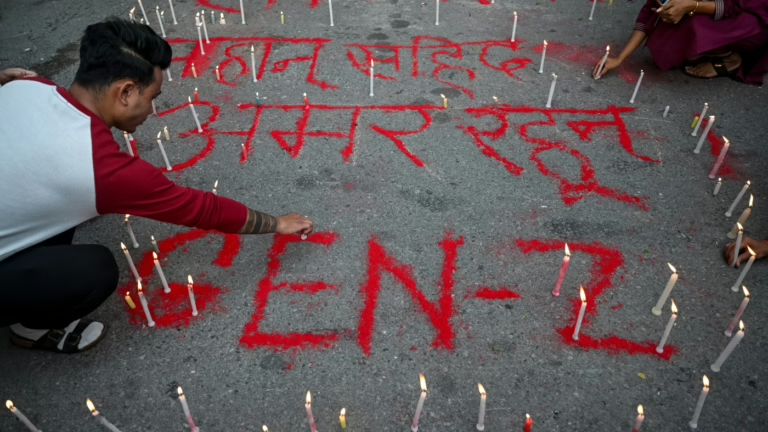Citizens light candles next to the phrase “Long live martyrs” as part of a solemn memorial on a national day of mourning for those who lost their lives in recent protest-related violence in Kathmandu, Nepal.
Arun Sankar/AFP via Getty Images
hide caption
toggle caption
Arun Sankar/AFP via Getty Images
In Kathmandu, Nepal, the Parliament building stands as a fusion of traditional pagoda architecture and modern steel and concrete. However, recent unrest has left its pristine white exterior marred with black soot and graffiti, including a defiant message from the younger generation: “You chose the wrong battle,” signed by “Gen Z.”
This marks the aftermath of one of Nepal’s most intense political crises in recent memory, where within just two days, mass demonstrations succeeded in toppling the government.
Nepal’s political upheaval is part of a broader wave of citizen-led movements across South Asia, highlighting a significant generational shift that challenges established governments to better address public demands.
The unrest escalated on September 8, when police in Kathmandu fired upon protesters rallying against corruption as they attempted to storm the Parliament grounds. In response, crowds set fire to government buildings, looted financial institutions and shops, and targeted politicians at their residences. Official reports from police spokesperson Ramesh Thapa confirm over 70 fatalities and thousands injured during the clashes.
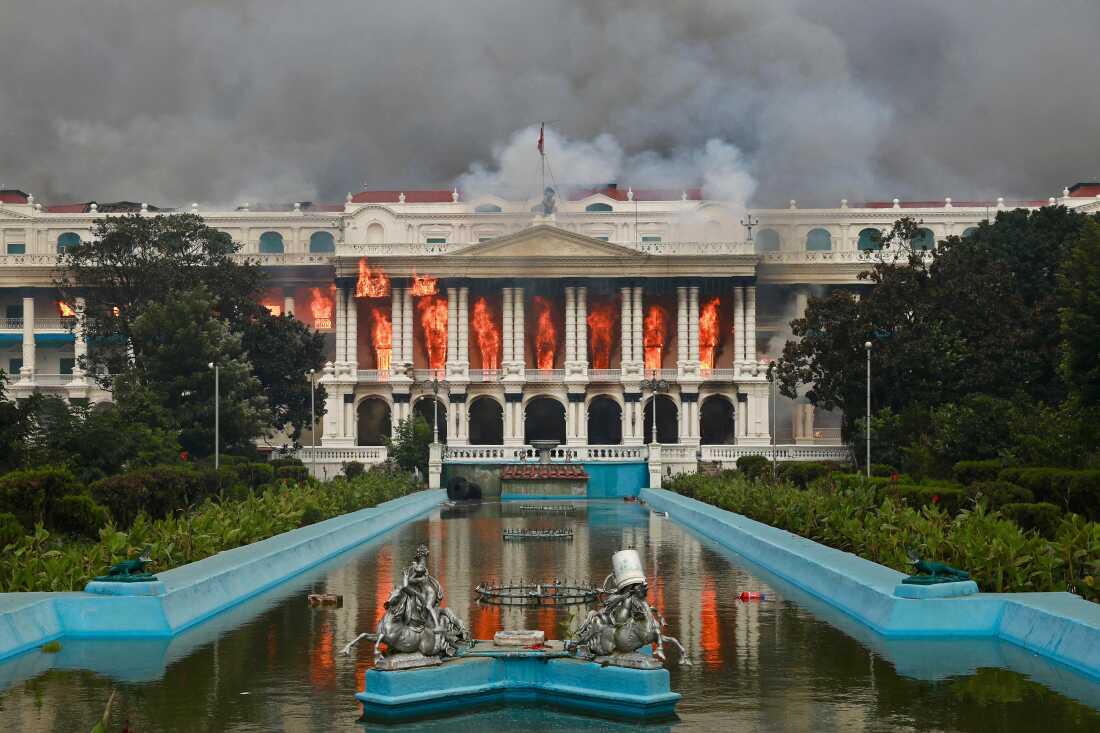
Flames consume the Singha Durbar, the main administrative hub of Nepal’s government, in Kathmandu on September 9, a day after police suppressed demonstrations protesting social media bans and corruption.
Prabin Ranabhat/AFP via Getty Images
hide caption
toggle caption
Prabin Ranabhat/AFP via Getty Images
Following the turmoil, Prime Minister Khadga Prasad Oli stepped down on September 9 and has since remained out of public view. The military enforced a curfew to restore order.
By September 12, Nepal appointed a new interim prime minister: Sushila Karki, a 73-year-old trailblazer who previously served as the country’s first female chief justice. Her selection by the president came after widespread support on Discord, an online chat platform, where thousands praised her for her firm stance against corruption and elite privilege.
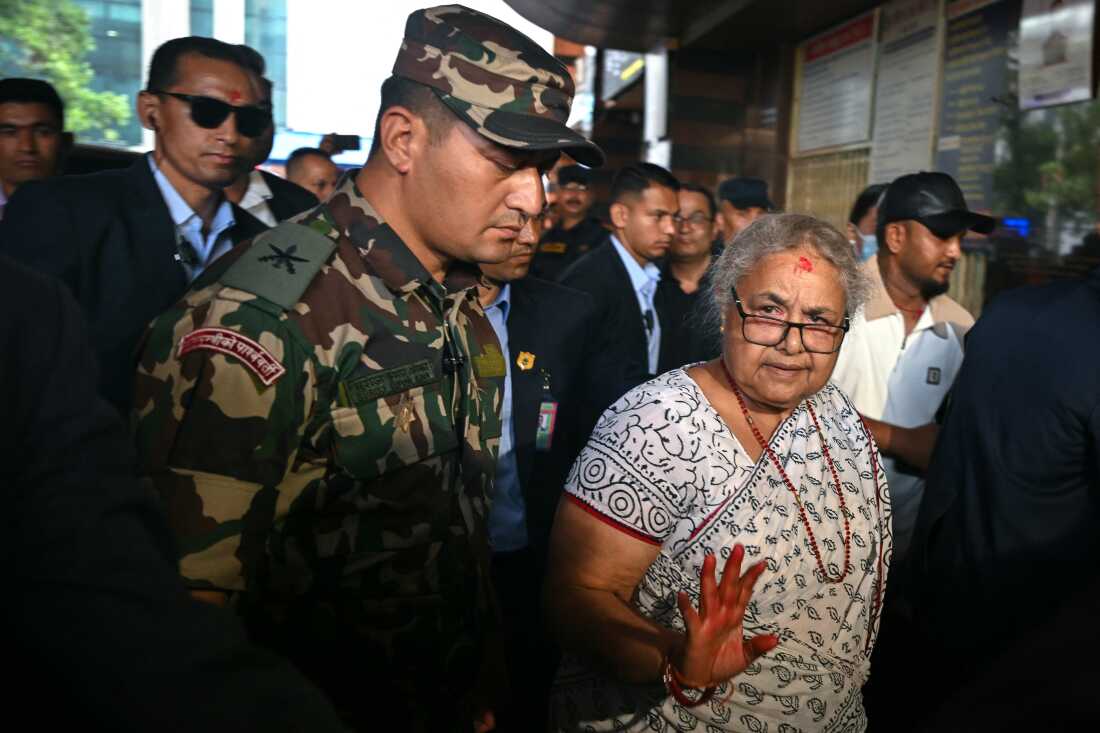
Interim Prime Minister Sushila Karki of Nepal arrives at the National Trauma Center in Kathmandu on September 13 to check on victims wounded in confrontations with security personnel.
Arun Sankar/AFP via Getty Images
hide caption
toggle caption
Arun Sankar/AFP via Getty Images
“Our movement was driven by two main issues,” explains Abhiyan Sapkota, a 27-year-old civil engineer who took part in the demonstrations: “rampant unemployment and widespread government corruption.”
For months, young activists in Nepal have spotlighted the stark divide between the general population and the affluent political elite. They compiled social media posts and videos shared by the children of influential politicians, revealing extravagant lifestyles. One viral photo featured a young woman flaunting a designer handbag valued at $2,600, in a nation where the average annual income is under $1,500.
The activists also highlighted the contrast between the luxurious vacations of Nepal’s elite in Europe and the harsh realities faced by many citizens who work abroad in low-wage roles such as porters, soldiers, and construction laborers.
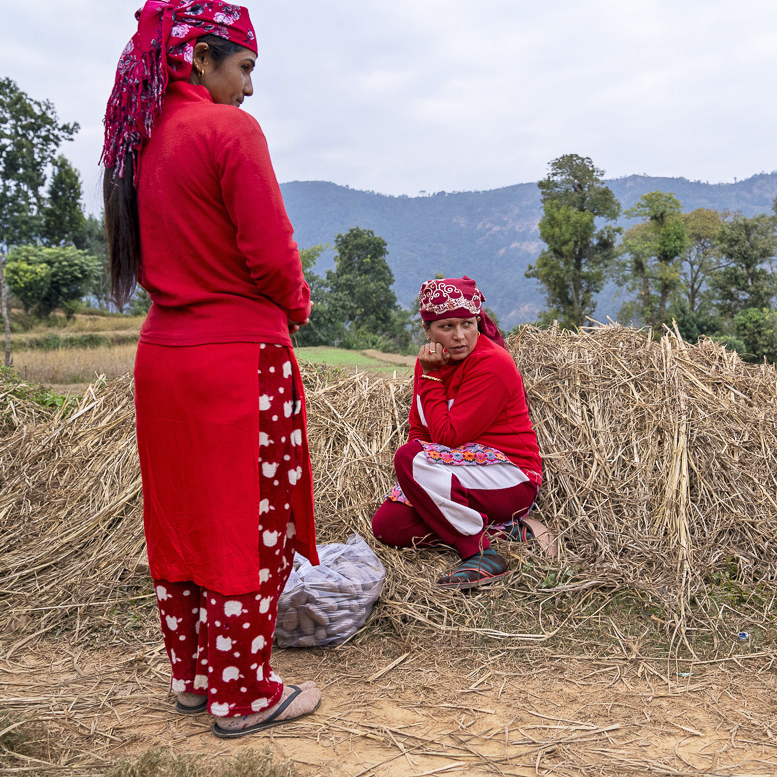
The social media campaign, often tagged with #NepoKids, emerged amid growing discontent over politicians perceived to be enriching themselves at the public’s expense. “In the past decade, all three prime ministers have faced serious corruption accusations,” notes Ashish Pradhan, a Nepal specialist at the International Crisis Group.
However, investigations were rarely pursued earnestly. “The anti-corruption agency was frequently weaponized against political rivals instead of addressing systemic financial abuses,” he adds.
On September 4, the government abruptly blocked most social media platforms, a move widely interpreted by activists as an attempt to suppress their exposés of the elite’s opulent lifestyles. This censorship sparked thousands to take to the streets in Kathmandu on September 8.
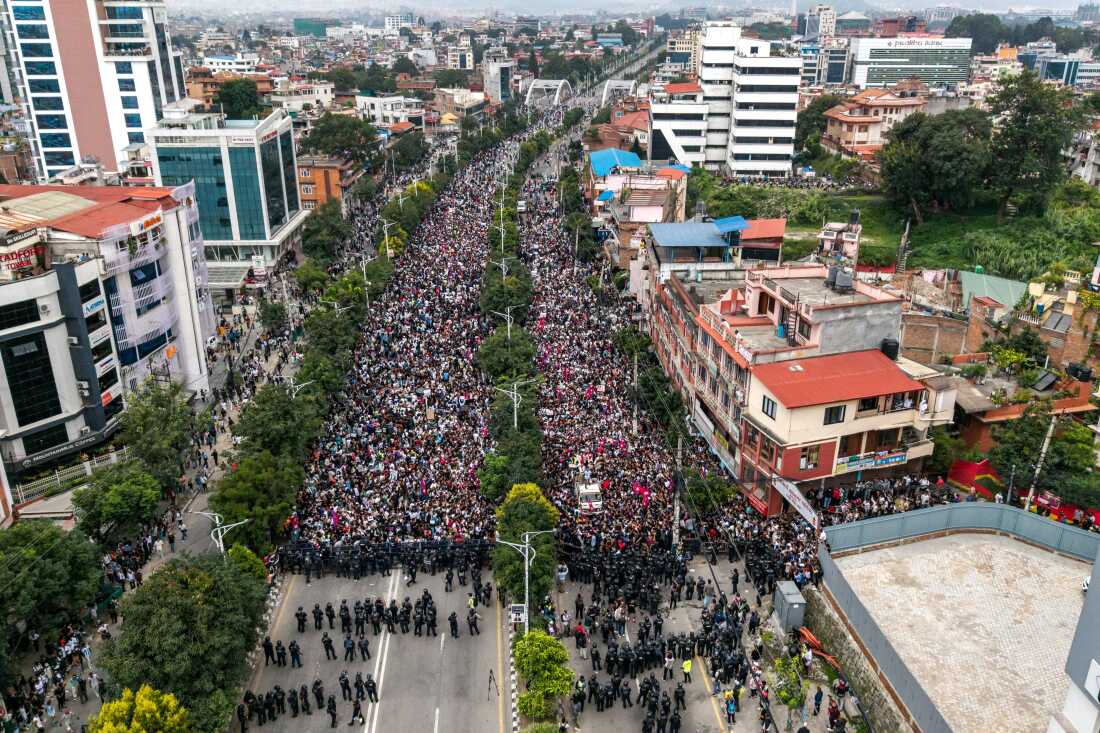
Aerial perspective of demonstrators assembled outside Nepal’s Parliament building during protests in Kathmandu on September 8.
Prabin Ranabhat/AFP via Getty Images
hide caption
toggle caption
Prabin Ranabhat/AFP via Getty Images
In the aftermath of the violence, military forces deployed nationwide, establishing checkpoints throughout Kathmandu and verifying identification. During brief daily curfew relaxations, young volunteers cleaned streets, visited hospitals to support the wounded, and held candlelight vigils honoring those who died. Near a police station reduced to ashes on Darbar Marg, a poignant message was left behind: “Sorry dada,” meaning “Sorry, elder brother” in Nepali.
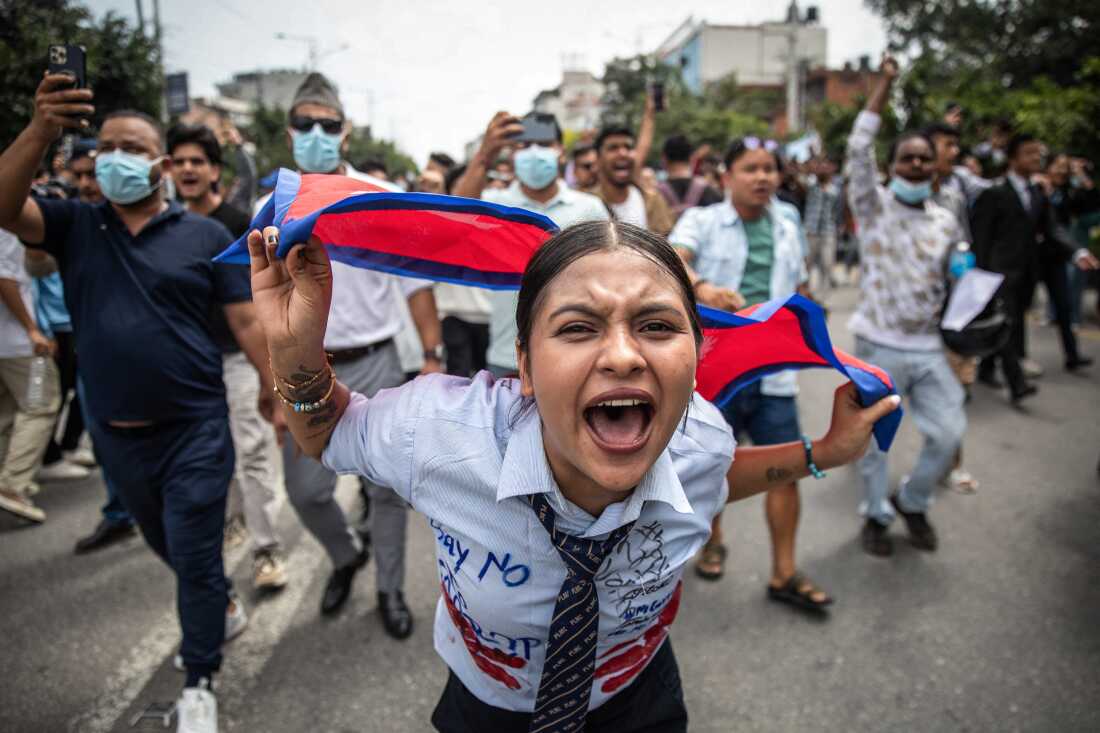
A demonstrator shouts slogans during a protest outside Nepal’s Parliament in Kathmandu on September 8.
Prabin Ranabhat/AFP via Getty Images
hide caption
toggle caption
Prabin Ranabhat/AFP via Getty Images
The backlash against established political parties has also sparked reflection within their ranks. Nepal has experienced over a dozen coalition governments in the last 20 years, yet leadership has largely cycled among a small group of septuagenarian politicians. Calls for fresh leadership are growing louder. Pratima Gautam, a central committee member of the Nepali Congress, says the protesters’ message to the aging political class was clear: “Take a step back.”
This uprising coincides with a wave of transformative movements sweeping across South Asia.

“There are clear parallels between Nepal’s recent upheaval and similar events in neighboring countries like Sri Lanka and Bangladesh, where entrenched elite regimes have been toppled amid economic crises affecting ordinary citizens,” explains Ashish Pradhan of the International Crisis Group.
The youth-led protests were fueled by soaring living costs, inflation, and the compounded effects of climate change and pandemic lockdowns. Governments resorted to force, believing they could suppress dissent without consequence.
“The international system that once upheld checks and balances has weakened over time. Today’s global environment resembles a lawless frontier where power and transactional politics dominate,” Pradhan observes.
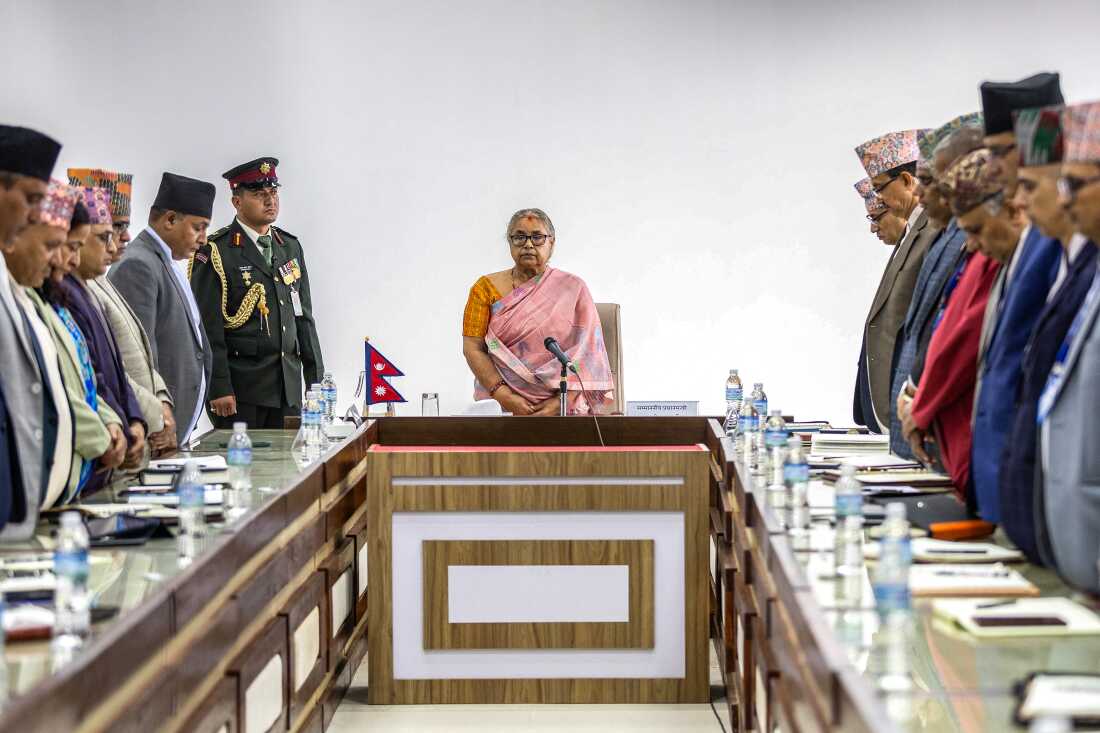
Nepal’s newly appointed interim Prime Minister Sushila Karki, alongside government officials, observes a moment of silence honoring those who died during recent protests on September 14.
Prabin Ranabhat/AFP via Getty Images
hide caption
toggle caption
Prabin Ranabhat/AFP via Getty Images
Nepal is preparing for elections early next year. Experts emphasize that the interim government’s key task will be to uphold stability and avoid retaliatory politics.
There is a sense of hope among the younger generation. When Sushila Karki was sworn in, many defied curfew restrictions to celebrate in the streets. The popular Instagram page Genz.Nepal captured the mood with a succinct post: “PM Sushila Karki… SLAYYY 💅🏼,” a modern expression of admiration.
Yet seasoned observers urge prudence.
Political analyst Chandradev Bhatta points out Nepal’s long history of regime changes driven by street protests. The government has changed hands more than a dozen times in the past decade alone.
Much of this instability stems from ongoing conflicts among democrats, monarchists, Maoists, and various political factions. “If this were the first time, I might welcome the change, but Nepal has rewritten its constitution seven times in over 70 years,” Bhatta remarks.


